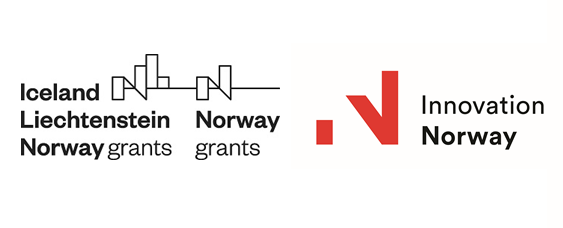
This is not meant as a mini history of open source important moments, but as a reminder that not all bold ideas are necessarily crazy ones.
1983 – Richard Stallman starts the GNU Project, a mass collaboration project for open and free software that has resulted in a huge amount of open source software over time and gave birth to the GNU General Public License (GPL), arguably the most popular open source license model out there.
1991 – Linus Torvalds creates Linux. Pretty sure this moment in time does not need any more explanations. Anyway, the Linux kernel became the last piece of the puzzle for the GNU operating system project, providing an entirely free and open source operating system.
1993 – Red Had is founded. The company, based around its own Linux distribution, made open source big business, proving that it was possible to be highly profitable with something that is, at its core, free and raising the profile of open source significantly over the years.
1994 – Development starts on MySQL. After the first version was released in 1995, MySQL has become over the years, the open source database solution of choice and is used by a huge number of companies and websites like Facebook and Wikipedia.
1995 – The first version of Postgres is released, following a project meant to break new ground in database concepts such as exploration of “object relational” technologies. Nowadays, PostgreSQL, name given starting version 6.0 to reflect its support for SQL, has a user base larger than ever that includes a sizeable group of large corporations who use it in demanding environments.
1996 – Apache takes over the Web, showing how an open source product can come to almost completely dominate a market. Ever since 1996, Apache has consistently been the most widely used web server software on the Internet.
1998 – Netscape open sources its web browser. Together with that, it started the open source community Mozilla to hold the reigns. Although Netscape eventually faded into obscurity, without their historic move there would have been no Mozilla, and without Mozilla there would have been no Firefox.
1999 – OpenOffice is launched. In August 1999, Sun Microsystems released the StarOffice office suite as free software under the GNU Lesser General Public License. The free-software version was renamed OpenOffice and coexisted with StarOffice.
2004 – Canonical, South African Mark Shuttleworth’s company, releases Ubuntu. Few could have predicted what a massive success it would become, as Ubuntu quickly became the most widely used Linux distribution by far, especially on the desktop, and has brought Linux to the masses like no other distribution.
2008 – Google releases the first version of Android. The new smartphone operating system released in September, as open source is based on the Linux kernel. And that’s how Linux has become the dominant kernel on both mobile platforms (due to Android) and on supercomputers, and a key player in server operating systems too.
2014 – Allevo launches the first open source application for financial transactions processing, dubbed FinTP. Following the decision to change its business model, the Romanian company publishes, under free-open licensing terms, the code of its own financial transactions processing engine, a solution that gained a lot of reputation for Allevo on the local financial market.
Indeed, at first sight, the Allevo move lacks the glamour of “worldwideness”. Hence, the question: can FinTP really turn 2014 into an open source milestone? Honestly, I don’t know how to answer this question. But I do believe that it has the potential to shake a few rocks in the banking and financial industry, an industry maybe too conservative if we were to take a peak in other industries and analyze their pace of change. And yes, it has the potential to change the status-quo.
It’s only natural that we can’t expect the boom of Linux or MySQL in FinTP’s case, even if only because FinTP addresses a really narrower market niche. But we can imagine that this small step for open source can become a big step for the financial market.
For the circumspect “there is no harm in trying” is never enough. And it shouldn’t be. But it is also true that you don’t know what you’re missing until you try it. And that’s exactly what is fabulous about open source, even for the nonbelievers: even if you are just curious, you can have a bite without buying the whole pie. You can browse around the code – it’s open, isn’t it? -, you can join communities and talk freely with other curious or passionate. And all, as transparent as it gets.
Maybe that’s all that FinTP needs at first: just a little bit of curiosity. Just enough to make us try it and then decide for ourselves.
Quick exercise: translate the binary code from the image on top of this post. What does FinTP say?









